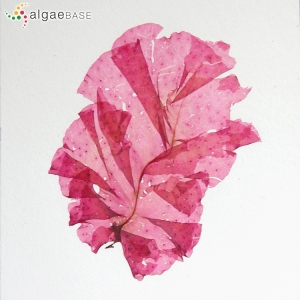The NBEP crew had our third aerial survey Monday July 12th. As expected, many areas of the bay were cloudy with hypoxia and macroalgae was seen just about everywhere. When oxygen levels drop in marine waters sulfur precipitates out, causing the water to become cloudy. The Seekonk River was streaked red with phytoplankton which may be a dinoflagellate or diatom (like the dinoflagellate
Gynodinium we found in May), however we were not able to obtain a sample to identify it.
 |
| The wrack line at Conimicut was loaded with a filamentous Ulva. |
Ground truthing showed expected results:
Ulva is heavily coating the northern parts of the Bay, however, the species are changing. While in the past we have seen the big sheets of
Ulva (commonly known as sea lettuce) covering beaches, the filamentous
Ulva was found in big mats along the shores of Conimicut.
Also, this time last year we were seeing the brown seaweed
Punctaria mixed into the
Ulva, but this year the red seaweed
Grinnellia has taken its place.
 |
| Punctaria latifolia. Image: Carol Thornber, URI |
-






